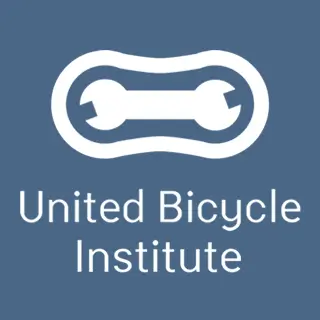Keep your fork and shock clean.
After each ride it is a good idea to wipe clean, the stanchion tubes of the fork and either the damper body of an air shock or the damper shaft of a coil shock. Pay particular attention to the areas around the dust wipers. Try not to let debris build up around these areas as the ingress of contaminants into the fork and shock will accelerate wear not only on the dust wipers but more importantly on parts that will be costly to replace.
Routine maintenance should be just that.
 Routine maintenance as the name implies, is maintenance that should be done with some degree of regularity. There are a lot of variables involved when determining what the appropriate intervals are, so find out what the manufacturers recommends as a starting point and then talk with your mechanic to help you determine what the best intervals are for your bike.
Routine maintenance as the name implies, is maintenance that should be done with some degree of regularity. There are a lot of variables involved when determining what the appropriate intervals are, so find out what the manufacturers recommends as a starting point and then talk with your mechanic to help you determine what the best intervals are for your bike.
What is routine maintenance? For your fork, that means changing the lubricating oil in the lower legs, often called bath oil and replacing the dust wipers and foam rings as needed. Fork dust wipers can be long wearing items if you keep the area around them clean. A good indicator for when it’s time to replace the dust wipers is if the foam rings are dirty.
For your shock, routine maintenance is replacing the bushings in the eyelets and the lubricating oil and the seals in the air can. Shock bushings should be replaced any time there is visible wear to the bushing material. Air can service for your shock is critical to get good consistent performance out of your shock. The seals in the air can get subjected to heat cycles that are greater than what the fork seals deal with so it isn’t uncommon to have to get air can service done more frequently. If you wait too long you risk a drop in performance at best, and wear to parts that are costly to replace at worst.
Learn about the recommended settings on your suspension, and use the adjusters to achieve the best settings for you.
The high performance suspension components available today often feature several different external adjusters that can be used to change how your suspension reacts to the varied terrain and conditions we ride in. Rebound adjusters are typically red in color and they are used to adjust how quickly your suspension rebounds or reacts after being compressed by a force (terrain or rider) if they are set too fast, your tires won’t maintain good contact with the ground and that means they won’t offer you the best traction. If they are set too slow your suspension with won’t be able to react quick enough for the next series of bumps or obstacles. This will cause your suspension to “pack up” meaning it will maintain a compressed state for too long and that hinders your ability to control the bike. Compression adjusters are often blue or black, or combinations. In addition they may also be marked with letters like LSC or HSC which indicate what type of damper speeds they are regulating. Low speed compression (LSC) damping helps manage undulations in the terrain and / or rider induced movements. Think things like reducing brake dive, or the bike bobbing because you’re pedaling squares instead of circles. High speed compression (HSC) damping helps manage terrain that causes rapid compression movement. Think things like rock gardens, stair steps, or jump landings.
Get your suspension rebuilt at least once a year.
Bicycle suspension components are optimized for weight savings and performance and most are designed with serviceability in mind. Also noteworthy is that cartridge type fork dampers and rear shocks in general, contain a much smaller amount of oil than most riders might realize. Combined, these two things ought to be enough to highlight why it is a good idea to get your fork and shock fully rebuilt annually. The performance of your suspension breaks down incrementally and over a long period of time, dynamic seals wear, static seals can harden up, both of which increase the potential for failure. During the rebuild all of these various things are examined closely as well as the other wear parts inside the fork and shock which can help reduce the chances of expensive repair or replacement.
Need to brush up on your suspension knowledge. Learn more about our Certified Suspension Technician Advanced Certification Seminar!

